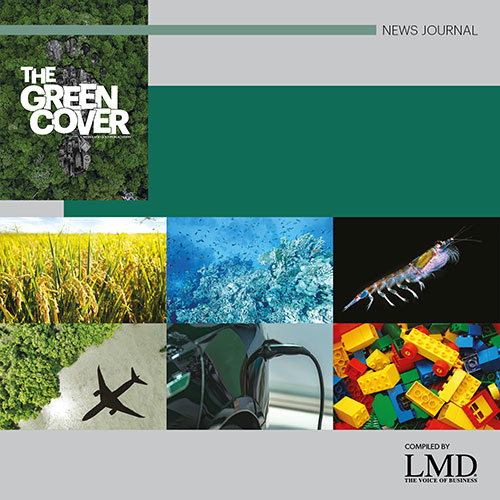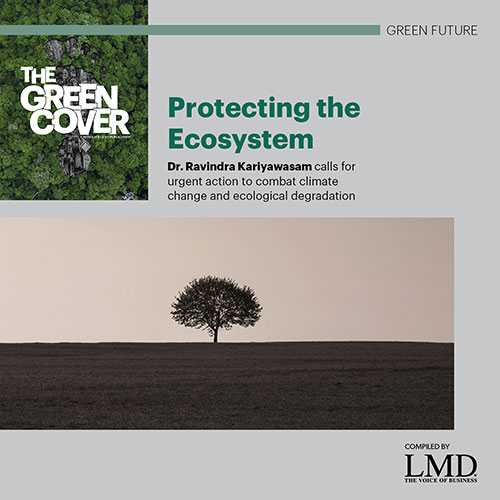GREEN FUTURE
Biodiversity Restoration
Dr. Ranil Senanayake calls for the adoption of the analog forestry model for a greener Sri Lanka
The primary threats to biodiversity and human health stem from the failure to recognise, value and protect the fundamental human right to breathe clean air, drink clean water and eat safe food.
Dr. Ranil Senanayake says: “The government, as the custodian of this nation and its environment, has the laws and the means to protect and further these rights for the wellbeing of citizens.”
He attributes the erosion of these rights to the low importance placed on their protection in the pursuit of economic growth, as reflected in market defined indices. “While laws that regulate these fundamental rights exist and are framed or enshrined, the political will to enforce such laws is often tardy,” Senanayake remarks.
Sri Lanka has an agricultural system that’s evolved to attain sustainability by utilising the biodiversity of the local area. Senanayake notes: “In the reservoir fed rice farms that used traditional livestock – the environmental, cultural and economic landscape remained stable for over 2,000 years until the advent of the green revolution.”
He adds: “Sri Lanka’s farming systems have always been innovative, and even exchanged knowledge and genetic material with neighbouring countries for centuries such as mangoes from India and jak from Burma.”
“Along with native palms, Sri Lanka’s farm environment attained a forest-like character, which was consistently enhanced with plants introduced during the colonial periods to become the Kandyan Forest Gardens of today,” says Senanayake.
Analog forestry, which was developed around 1983, builds on this model and uses modern science for a more adaptive and resilient approach to land restoration. Senanayake explains: “It is a revegetation approach that seeks to create a tree dominated ecosystem that’s analogous to the original in architectural structure and ecological function, but with other crop species as well.”
He continues: “Because analog forestry has the greatest amount of photosynthetic biomass by design, it provides a very high degree of ambient cooling – a feature that will be critically important to farms of the future as global temperatures continue to increase.”
The high amount of photosynthetic biomass means elevated levels of primary ecosystem services (PES) such as oxygen production and carbon fixing, and this presents a potential new source of wealth.
Sri Lankan company EarthRestoration is a pioneer in the identification and activation of an oxygen economy. Senanayake suggests: “Building back biodiversity using analog forestry while rewarding farmers for participating in the oxygen economy is a positive pathway for a greener and sustainable Sri Lanka.”
Dr. Ranil Senanayake
Chairman
EarthRestoration








